Search

A small Indian village: an old man is addicted to watching pornography with his friends. One fine day, he accidentally brings home a DVD with a Godard film inside it. Though his friends were disgusted, Ananda gets attracted to Godard’s film and gradually develops an obsession. He initiates the idea of hosting a film festival in their village where Godard’s films will be screened. The festival gets organized after a lot of drama, but what happens next is to be seen.

Jean-Luc Godard is synonymous with cinema. With the release of Breathless in 1960, he established himself overnight as a cinematic rebel and symbol for the era’s progressive and anti-war youth. Sixty-two years and 140 films later, Godard is among the most renowned artists of all time, taught in every film school yet still shrouded in mystery. One of the founders of the French New Wave, political agitator, revolutionary misanthrope, film theorist and critic, the list of his descriptors goes on and on. Godard Cinema offers an opportunity for film lovers to look back at his career and the subjects and themes that obsessed him, while paying tribute to the ineffable essence of the most revered French director of all time.

In 1968, an internationally renowned French film director unexpectedly lands in Abitibi, in the northwest of Quebec, to conduct political and mass-media experiments. This event fuels the revolutionary tendencies of Michel, a local young man, and the desire to travel the world of Marie, his girlfriend.

While shooting a film, the director becomes interested in the unfolding struggle of a young factory worker that has been laid off by a boss who did not like her union activities.

Frankie Dymon’s Death May be Your Santa Claus (1969), arguably Britain’s first and only example of a ‘black power’ movie, in which themes of sexual and political identity encircle one another in the context of a hip and hippy London of the late 1960s, suspended between the cinematic radicalisms of films such as Roeg’s Performance, Godard’s Sympathy for the Devil in which Dymon played a leading role, or Boorman’s Leo the Last. Thought lost until quite recently, this inscrutably-titled film is described as a ‘pop fantasy’ and offers an intriguing look at 60s sex and politics from a black British perspective.

Paris, 1967. Disillusioned by their suburban lifestyles, a group of middle-class students, led by Guillaume (Jean-Pierre Léaud) and Veronique (Anne Wiazemsky), form a small Maoist cell and plan to change the world by any means necessary. After studying the growth of communism in China, the students decide they must use terrorism and violence to ignite their own revolution. Director Jean-Luc Godard, whose advocacy of Maoism bordered on intoxication, infuriated many traditionalist critics with this swiftly paced satire.

This film is made up several sketches in which certain actors play several real or fictional roles to a background of rock music. The lead character, played by Godard himself, is an annoyingly perfectionist film-maker determined to wring every last drop of the finest performance possible from his stars.

Artist Mike Mills follows the French electronic duo AIR on their 1998 Moon Safari tour. The ennui of travel and waiting to perform is broken up by several Godard-ian segments of philosophical Q+A with everyday people
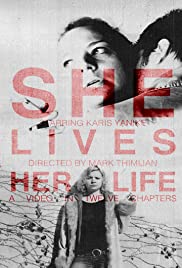
She Lives Her Life is a modern day retelling of Jean-Luc Godard’s 1962 film Vivre Sa Vie. The movie is told in 12 chapters as we follow Betsy through a series of relationships and encounters, by day she works at a pawn shop, by night she lives her life.
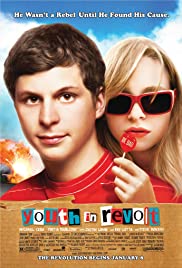
As a fan of Albert Camus and Jean-Luc Godard, teenage Nick Twisp is definitely out of his element when his mother and her boyfriend move the family to a trailer park. When a pretty neighbor named Sheeni plays records by French crooners, it’s love at first sight for frustrated and inexperienced Nick. Learning that she is dating someone, Nick launches a hilarious quest to find his way into Sheeni’s heart — and bed.
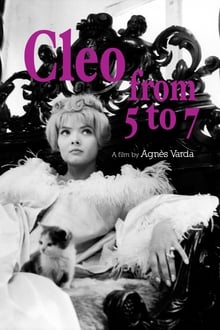
Agnès Varda eloquently captures Paris in the sixties with this real-time portrait of a singer set adrift in the city as she awaits test results of a biopsy. A chronicle of the minutes of one woman’s life, Cléo from 5 to 7 is a spirited mix of vivid vérité and melodrama, featuring a score by Michel Legrand and cameos by Jean-Luc Godard and Anna Karina.
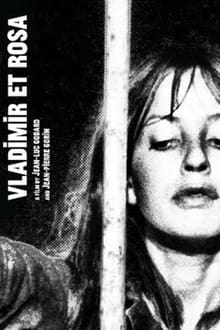
Jean-Luc Godard’s and Jean-Pierre Gorin’s interpretation of the Chicago Eight / Chicago Seven trial, which followed the 1968 Democratic National Convention protest activities. Judge Hoffman becomes the character Judge Himmler (played by Ernest Menzer) and the defendants become a microcosms of the French Revolution.
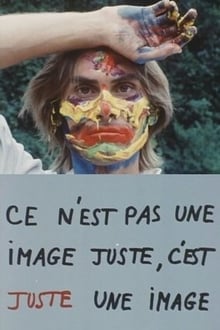
Wind From the East is a product of Jean-Luc Godard’s involvement, during the late 60s and early 70s, with a collective filmmaking experiment known as the Dziga Vertov Group. The film is, typically of the films he made during this period, about ideas and simultaneously about how best to express those ideas through the medium of film. The film deals with the situation of a strike and, during its first half, methodically analyzes the different components of the strike: the workers, the radical students who encourage the strike while not quite being able to communicate in the same terms as the workers, the union delegates and other middlemen who preach moderation and compromise, the employers who demand the immediate resumption of work, the police state that suppresses the strike on behalf of capitalism.
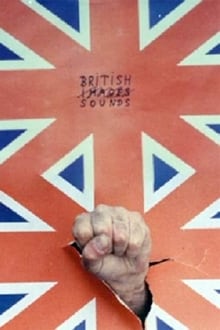
Jean-Luc Godard brings his firebrand political cinema to the UK, exploring the revolutionary signals in late ’60s British society. Constructed as a montage of various disconnected political acts (in line with Godard’s then appropriation of Soviet director Dziga Vertov’s agitprop techniques), it combines a diverse range of footage, from students discussing The Beatles to the production line at the MG factory in Oxfordshire, burnished with onscreen political sloganeering.
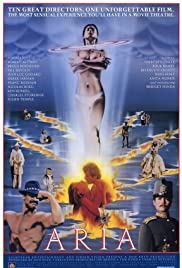
Ten short pieces directed by ten different directors, including Ken Russell, Jean-Luc Godard, Robert Altman, Bruce Beresford, and Nicolas Roeg. Each short uses an aria as soundtrack/sound (Vivaldi, Bach, Wagner), and is an interpretation of the particular aria.
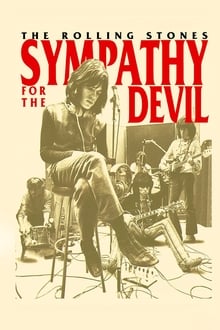
SYMPATHY FOR THE DEVIL is an exhilarating, provocative motion picture. The Rolling Stones rehearse their latest song, “Sympathy For the Devil,” in a London studio. Beginning as a ballad, the track gradually acquires a pulsating groove, which gets Jagger into a rousing vocal display of soulful emotion that Godard is lucky enough to capture on film. Showing that rock and roll is more than just partying and goofing off, SYMPATHY FOR THE DEVIL is a brilliant portrait of the creative process at its most collaborative and arousing.